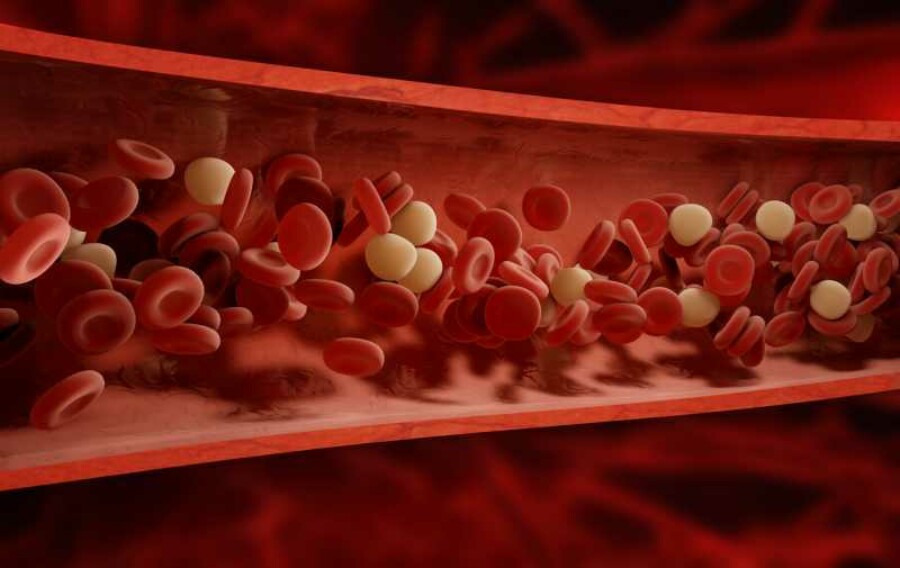What Is Deep Vein Thrombosis?

Deep vein thrombosis is a serious medical condition that often goes unnoticed. Here’s how to detect, prevent, and treat it.
Deep vein thrombosis (DVT) is a condition caused by the formation of a blood clot in a deep vein, usually in the lower half of the body. The clot can obstruct blood flow in the affected vein, resulting in heavy swelling. If left unattended, the clot can return to the bloodstream and settle in in a pulmonary artery, with life-threatening complications.
While DVT may sound alarming, there are many preventative measures that patients predisposed to it can take to reduce the risk of developing it. We’ll outline some common causes and symptoms of DVT below and offer some tips for lowering your risk.
Who Is at Risk?
While anybody can suffer from DVT, it’s most common among patients with poor circulation or a genetic predisposition towards blood clotting. Pregnant women and the elderly are also at higher risk, as are patients with heart disease, lung disease, diabetes, colitis, and or cancer. Vascular surgery, birth control pills, and hormonal supplements can all increase the risk of developing DVT, as well.
What are the Symptoms of DVT?
The most common symptoms of DVT include significant swelling in the extremities, unusual warmth and tenderness in the affected vein, and redness or discoloration. Since nearly half of all cases of DVT are asymptomatic, many patients with DVT are never diagnosed.
Diagnosis and Treatment
DVT can be diagnosed with an ultrasound device or another imaging machine. A D-dimer test can also be used to exclude the diagnosis.
Treatments for DVT are designed to prevent further clotting and reduce the likelihood of future clots. Most patients will be given a blood thinner to restrict the growth of the blood clot and asked to wear compression stockings to encourage circulation in the affected vein. Should it be necessary, an IVC filter can be used to penetrate the veins and prevent the blood clot from traveling to the lungs. While the clot can be dissolved with enzymes or surgically removed, these procedures are recommended only in severe cases.
The best treatments for DVT are preventative. An active lifestyle, some knowledge of your family’s medical history, and a proper diet will dramatically reduce the probability of developing DVT. Regular visits to a vein specialist will ensure your continued health or help you detect the condition at its earliest stages. If you think you’re at risk of DVT, contact a vein specialist today to discuss treatment options.